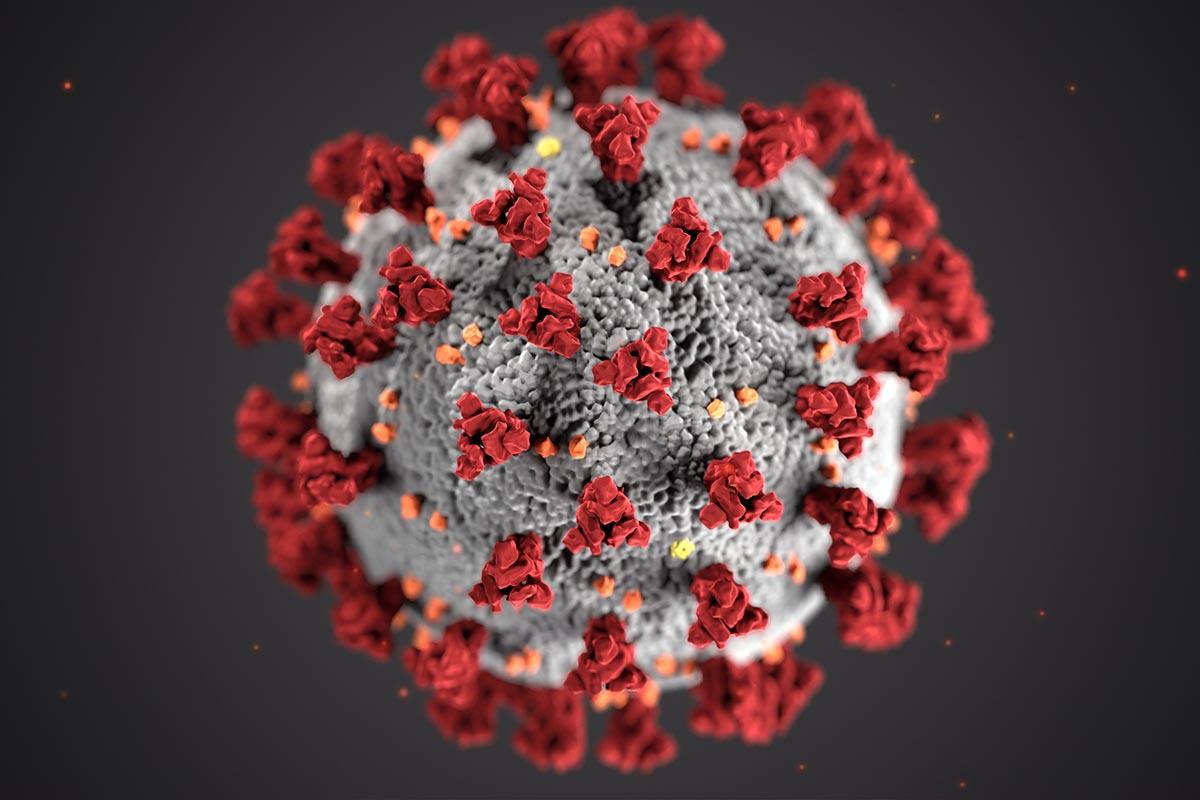DU Study Finds Similarities in Diagnosis and Treatment for Concussions and Long COVID

When Brad Davidson, associate professor at the University of Denver’s Daniel Felix Ritchie School of Engineering and Computer Science, set off for college, he was interested in civil engineering.
“I thought I wanted to be an architect,” Davidson says. “I never expected to be doing research on long COVID.”
Two decades and a global pandemic later, Davidson is studying a different kind of mechanics—the way humans move. In the process, he’s become a premier researcher studying long COVID, a range of “new, returning or ongoing health problems that people experience after being infected with the virus that caused COVID-19.” This includes brain fog, headaches, sleep problems, fatigue, chest pain and even digestive problems. According to the CDC, nearly 1 in 5 adults who have had COVID report experiencing long COVID symptoms.
In 2021, Davidson, like other concussion researchers, started to see similarities between long COVID and post-concussive syndrome.
“There was definitely more conversation among my circles about people that just weren’t recovering,” Davidson says.
Meanwhile, at a physical therapy clinic called High-Definition Physical Therapy, in nearby Englewood, Colorado, Dan Stoot, clinic director and owner, began noticing the similarities in patients who he was treating for concussions. For many, after getting COVID, Stoot noticed a regression in their progress once they’d returned.
“A lot of it is thinking about which parts of the brain are affected when COVID enters,” Stoot says. “If we talk about where our sense of taste and smell is, it’s located in our brain stem. If we talk about the area that gets dinged when you have a concussion, it’s also in our brain stem.”
Last spring, with the help of the MITRE Foundation, Davidson and Stoot conducted a study that laid the diagnostic framework for evaluating long COVID.
They examined 61 patients—33 with long COVID symptoms and 28 who had the acute infection but no lingering symptoms. The study, which was exploratory in nature, performed just as they had anticipated.
“Our idea was that long COVID looks a lot like post-concussive syndrome, and that’s what we’ve been dealing with for years. We were wondering, well if it looks this way, can we assess the severity of the condition using the same tools, and then can we use some of the same treatments?” Davidson says.
For the study, they used concussion tests, including the King-Devick test, a rapid number reading test. From left to right in a zig-zag fashion, a participant’s eyes scan the card, reading each number as quickly as possible. Over three tests, the difficulty increases. At the end, the participant is issued a cumulative score based on the time it took him or her to complete each test. The test records errors, but it’s more focused on the time needed to finish.
While King-Devick tracked the ability to read, participants were also asked to complete balance and spatial reasoning tests, all of which aided in the diagnostic framework.
“We wanted to see will we pick up the difference [between those with long COVID and those without],” Stoot says. “We found that there was a fairly significant difference in eye-tracking movements and balance. There’s a deficit between acute COVID and long haulers.”
As expected, the study found similarities between the effects of long COVID and the effects of concussions. While it remains unclear why, both diseases involve brain inflammation, meaning they could involve similar treatments.
"At HDPT, the clinic is on the forefront of actively treating concussions beyond the recommendation to rest," Davidson says. "They are using similar methods to help COVID long haulers. In fact, many of Stoot's patients saw a 60-70% improvement in some areas."
Intrigued by the study’s findings, Davidson’s deep dive into long COVID is only beginning. He’s looking ahead to the next steps, which include securing funding for a six-week clinical trial.
“Right now, we’re trying to concoct and start up a clinical trial so we can test those ideas, those clinical ideas more thoroughly,” Davidson says.
The hope, he says, is to provide a standard protocol for other providers to use in treating long COVID patients nationwide.







